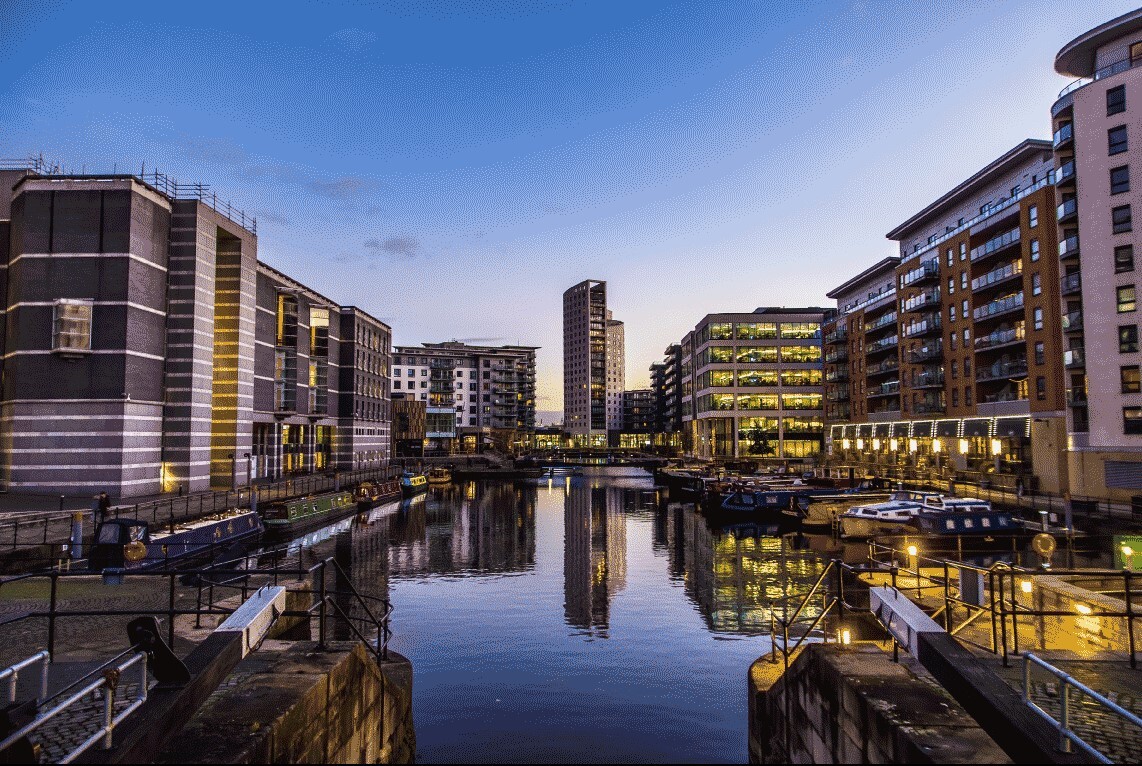
How to Create an Energy-Efficient Lighting Design for Commercial Buildings
Creating an energy-efficient lighting design for commercial buildings is essential for any UK business. With the rising energy cost, it’s vital to ensure that a company uses the most efficient lighting solutions available. Not only is this good for the environment, but it will also help to reduce energy costs. Here are some tips on creating an energy-efficient lighting design for commercial buildings in the UK.
- Utilise Natural Lighting: Natural lighting is one of the most energy-efficient light sources. Utilising natural light in the form of windows and skylights can help reduce the need for electric lighting, thus reducing energy costs. Natural light also provides a more pleasant working environment.
- Install LED Lights: LED lights are much more energy-efficient than traditional bulbs and last longer. Installing LED lights in commercial buildings is a great way to reduce energy costs.
- Utilise Motion Sensors: Motion sensors are a great way to conserve energy. They detect movement in a room and automatically turn the lights on and off when needed. This helps reduce energy costs by only lighting the areas being used.
- Utilise Occupancy Sensors: Occupancy sensors are another great way to conserve energy. They detect when someone is in a room and automatically turn the lights off when they leave. This helps reduce energy costs by only lighting the areas being used.
- Install Timers: Timers are a great way to reduce energy costs by automatically turning the lights off at a predetermined time. This helps to ensure that lights are not left on unnecessarily.
- Utilise Smart Lighting: Smart lighting is a great way to reduce energy costs. Smart lighting uses sensors to detect when someone is in a room and can automatically adjust the lighting accordingly. This helps reduce energy costs by only lighting the areas being used.
- Utilise Dimmers: Dimmers are a great way to save energy. Dimmers allow you to adjust the brightness of the lights, thus reducing energy costs.
- Utilise Task Lighting: Task lighting helps to reduce energy costs by only lighting the areas being used. Task lighting can light specific areas of a room, such as a desk or counter space, thus reducing the need for overall lighting.
Creating an energy-efficient lighting design for commercial buildings can help to reduce energy costs and create a more pleasant working environment. By utilising natural lighting and installing LED lights, motion sensors, occupancy sensors, timers, smart lighting, dimmers, and task lighting, businesses can reduce their energy costs and create a more energy-efficient environment.

